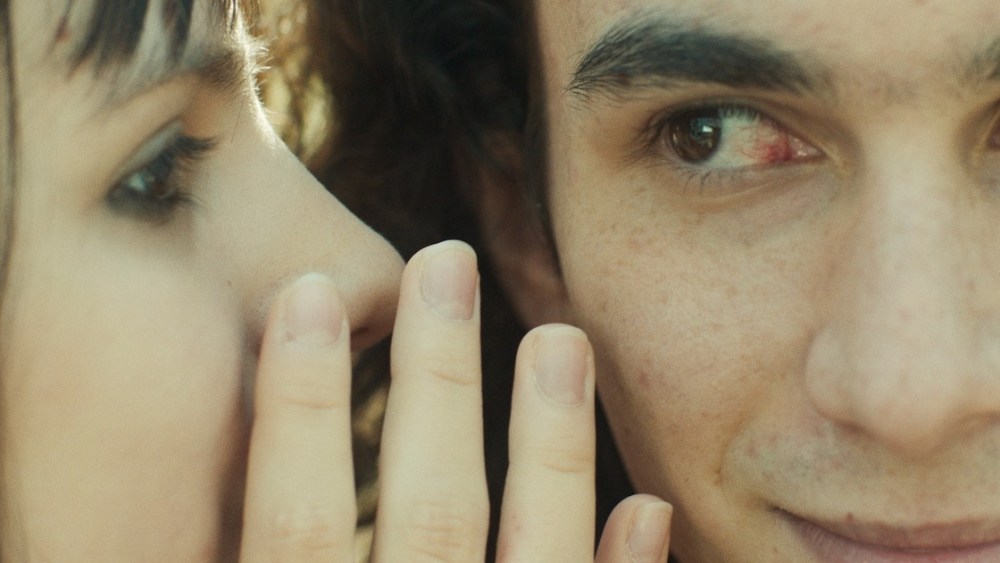Shahab Fotouhi’s debut characteristic “Boomerang” is a pleasant and stunning portrait of contemporary Iran, however the greatest shock is that Fotouhi is already in his forties. His voice not solely feels contemporary, but additionally deep. He depicts the metropolis of Tehran with youthful vitality, capturing the ambiance of town at a second of generational transition by way of loosely linked tales, some illogical, and even magical and practical scenes.
In fact, it nonetheless is sensible that Fotuhi proposed it instantly after the Iranian revolution. A number of of the characters within the movie are middle-aged, and a few of them—particularly the boys—wrestle to interrupt away from outdated patterns of considering, interacting, and being. The important thing to “Boomerang,” nonetheless, is its feminine characters: mom Seema (Reilly Rashidi) and her teenage daughter Minu (Yas Farhund), who’re not often seen in Interacting on display, their overlapping tales converse to the nation’s altering developments.
The movie begins in romantic comedy mode, with Minogue locking eyes with Kivan (Ali Hanafian), a good-looking younger stranger throughout the road. As they look forward to a visitors gentle to allow them to cross the road and meet one another, they start to flirt silently. Minoo requested Keyvan to untie his bun; he obliged, revealing his thick hair. It is candy and somewhat bit thrilling.
As the teenagers get to know one another by way of wry confessions, Seema returns house to search out her husband Behzad (Arash Namian) eavesdropping on her neighbor’s lovemaking, though she pretends to not discover. In contrast to Mino’s blossoming teenage romance, Cima and Bezard’s marriage is on the ropes, threatening to slide away at any second. Behzad is secretly making an attempt to get an opportunity to fulfill his ex, and Sima is mostly dissatisfied with him, and divorce is sort of a foregone conclusion.
The distinction between these relationships creates a broad narrative framework, and though every duo will get loads of display time, Boomerang’s social excavations are removed from simple. Even scenes involving the principle characters typically really feel extra like sideshows than a part of an ongoing story. Nevertheless, the outcomes are at all times intriguing. Fotouhi and Faraz Fesharaki’s digital camera lingers on house lengthy after the characters have left, and the movie even introduces new scenes and interludes by way of lengthy pans and tilts that target probably the most mundane of city structure. There’s one thing aspirational about this strategy. It takes on an virtually magical high quality because of Panagiotis Mina’s quirky and distinctly fashionable digital rating.
Boomerang is a movie about dialogue, however phrases not often matter. Much more telling of Fotouhi’s remark is the way in which a scene ends or begins. Betzard, for instance, isn’t assured in himself—not one of the middle-aged or older males within the movie are, even after they’re combating over a parking house. At one level he even took satisfaction within the quince jam he ready, as if it had been his solely useful expertise, changing it with a very humorous and imaginative joke.
Alternatively, Fotouhi additionally captures scenes of younger girls and women getting into the center—an “invasion,” because it had been—although all they’re actually doing is laughing and hanging out in public locations. It is a small however significant makeover within the wake of Iran’s current social actions, as the one headgear they put on are turbans, headscarves and winter ski caps. Minho even has inexperienced highlights in his hair.
Whereas not overtly confrontational, the movie is completely political in the way in which it presents laid-back moments in Tehran, together with a small queer character discussing his love life. This languid, multi-faceted portrait of town and its younger folks is a far cry from the extra structured and severe “new wave” cinema and its descendants that tended towards the west of Iranian cinema. This solely provides to the multitude of the explanation why Fortuhi’s strategy feels alive.

